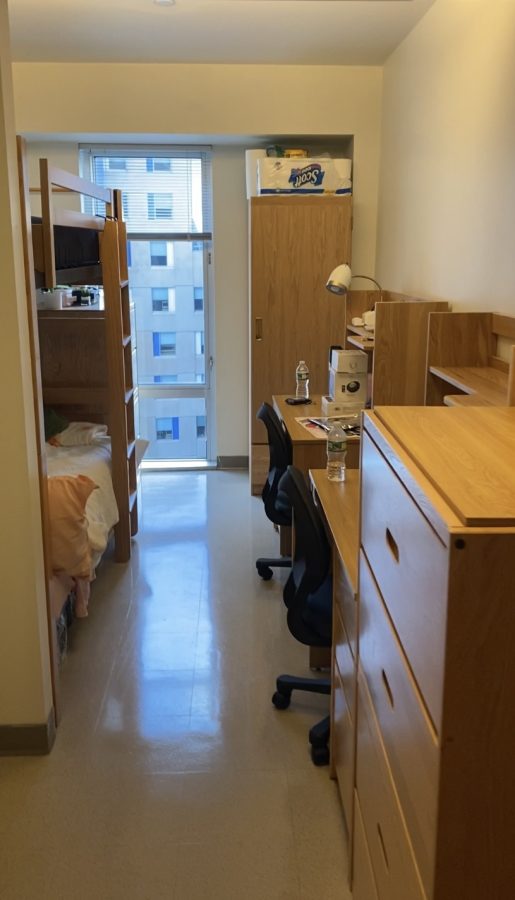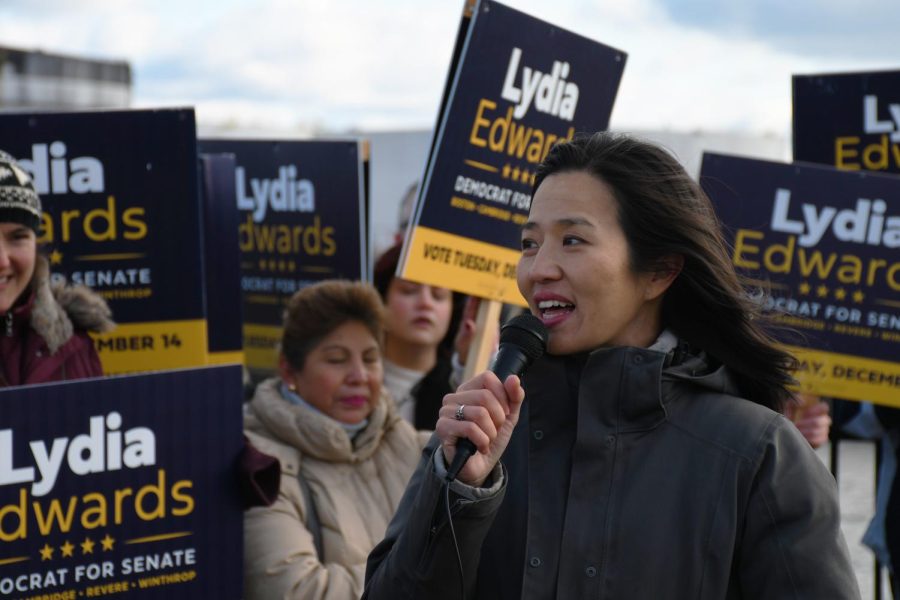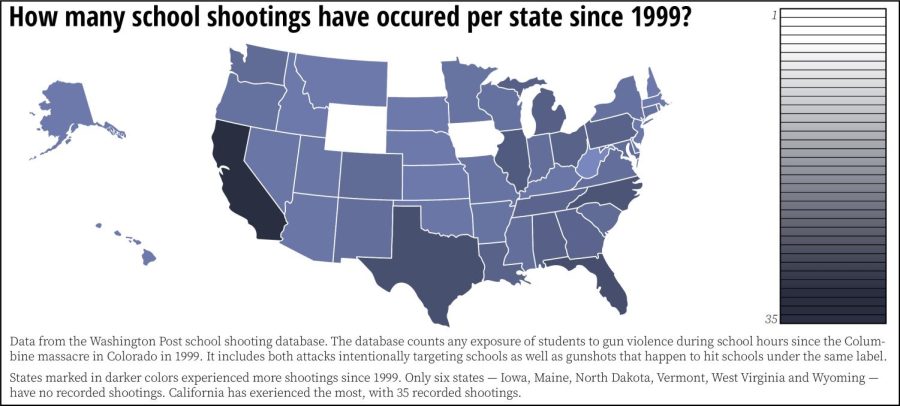By Ross Beroff, editorial columnist
Most college students have heard of the Family Educational Rights and Privacy Act (FERPA) at least once. It’s often thought of as the reason why high school teacher letters of recommendation are confidential. In actuality, this confidentiality is created because when students apply with CommonApp, or most other applications, they waive their right to see these letters.
Excercising FERPA rights would allow students to see these letters, but it can also let them see much more. As stated in the law, “eligible students have the right to inspect and review the student’s education records maintained by the school.” A little-known open secret is that included in these records are all admission documents for the school you attend. In theory, students wondering why they got into a college can find out.
In order to access these records, you must request them from the admissions department. I sent an email with my name and student ID and told Northeastern what I was requesting under FERPA. By law, they have 45 days to reply and comply or risk losing federal funding.
Sure enough, a response was received. It was full of documents and disappointment. All the documents, except for one, were either elements of my application that I had sent to Northeastern or documents that I received when accepted, such as financial aid information.
The one page I received that I had not already seen was entitled “Evaluation Summary.” It, too, mainly consisted of information that was already known, such as my address and desired major. Only one section consisted of new information from the admissions department. This section was basically in a code, one I hope to figure out as more people request and compare their records.
This small section only consisted of eight unintuitive lines. Some had a sort of ranking or qualifier attached, while others were left blank. In this section was: counselor rating, academic rating, innovative/entrepreneurial, diversity of community, engagement, leadership, experiential learning and, most interestingly, desirability code. I can only assume that these are the main areas that Northeastern focuses on when considering applicants.
I received a desirability code of two and the engagement, leadership and innovation sections were all left blank, which baffles me.
I would not normally expect much of this type of request, but I was given good reason to. Last year, Elizabeth Cheron, the director of undergraduate admissions for recruitment and selection, gave a lecture to the University Scholars. In reference to the admissions process, she said, “We’re reading and we’re assigning a whole variety of different descriptors, ratings, comments and notes.”
I did not receive anything like what she described and, after being bounced around to different offices to track down someone else in the Admissions Office to speak to, I was told that those sorts of notes did not exist and, if they did, they weren’t stored as part of the “official record.”
I’m no lawyer, but I don’t think this fits well with the spirit of FERPA. All I can hope now is to figure out what the code means. I encourage all students to request your records, compare with others and find out what about you made you so special. Is it truly what we have accomplished, or just an attempt to fill a quota?















